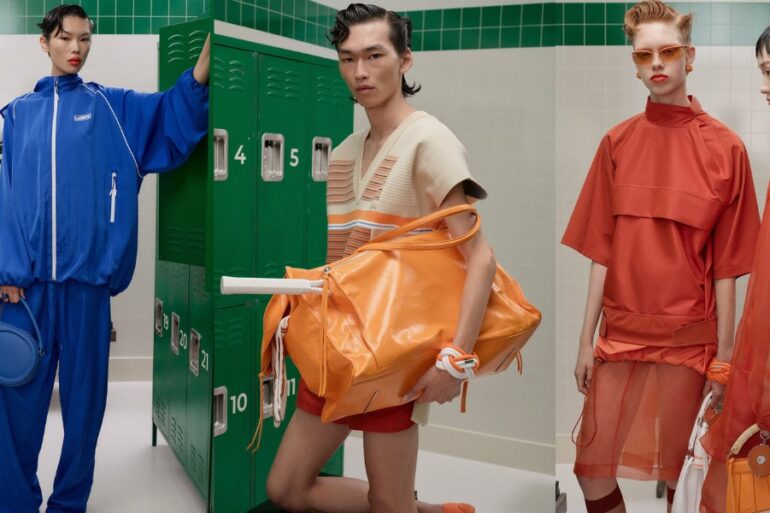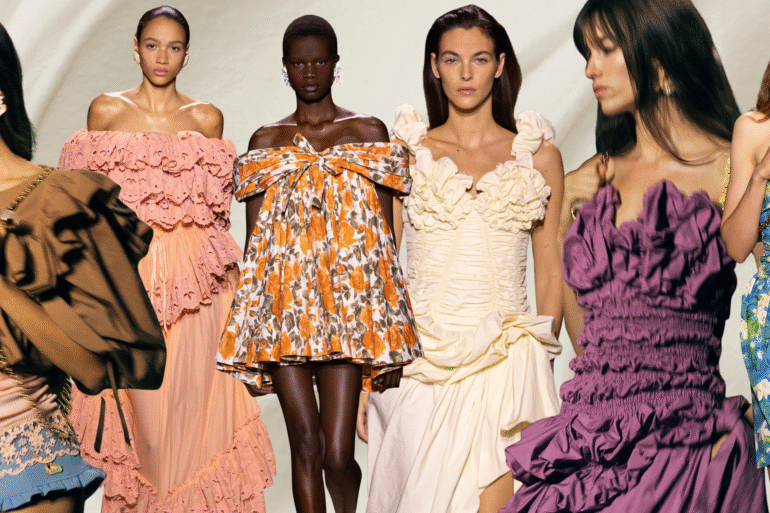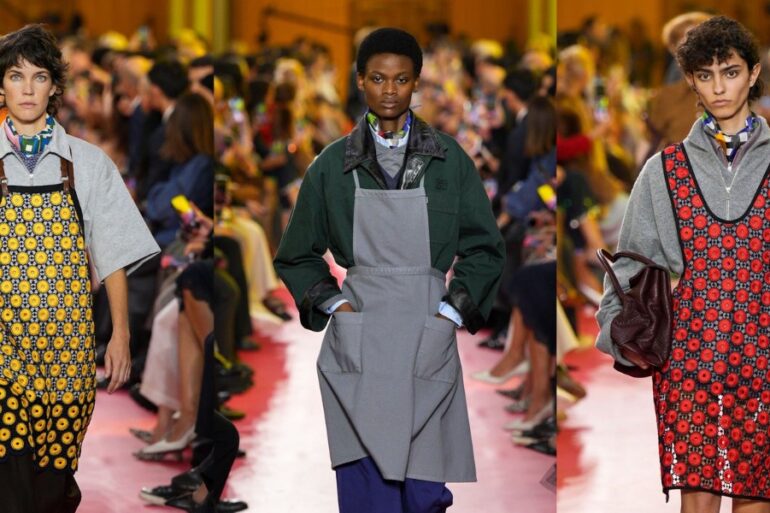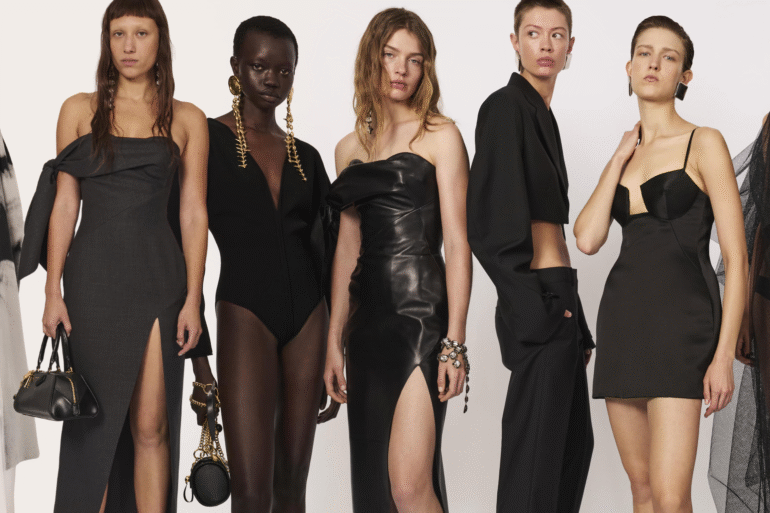The designer’s collection honors the house’s legacy while redefining its future—and with so much soul.
His heartfelt approach to luxury fashion—alongside his creative expertise and personal charm—has made Pierpaolo Piccioli one of the best-loved designers in the industry. During his 25-year tenure at Valentino, the Italian designer became known for blending contemporary romance, modish silhouettes, and deft use of color in vibrant, maximalist collections. So when he debuted his first collection for Balenciaga during Paris Fashion Week show, it came as no wonder that Piccioli created an impact that spread much farther than the runway.
The invitation, according to Wallpaper magazine, was a walkman and a cassette tape that played the sound of a beating heart. “The heartbeat is the rhythm we share, the pulse that reminds us we are human,” he wrote in a letter before the show on Oct. 5. “For every heartbeat, there is a name, a moment, a gesture. This collection comes from that place of love and connection. It is as much mine as it is of those who lived it with me—in every way. Perhaps with a different pulse, but always with the same soul.”
Fans waited for his show, held in Kering’s Rue de Sevres in Paris, with plenty of goodwill and a palpable sense of anticipation. And, as always, Piccioli did not disappoint. The designer made a strong debut with a collection that honors the 108-year-old house’s legacy while redefining its future.
It draws from the French house’s icon, Cristobal Balenciaga, and the two 21st-century talents who helped revolutionize the brand as a leader in luxury streetwear and couture: Nicolas Ghesquière and Demna, who are now leading Louis Vuitton and Gucci respectively.
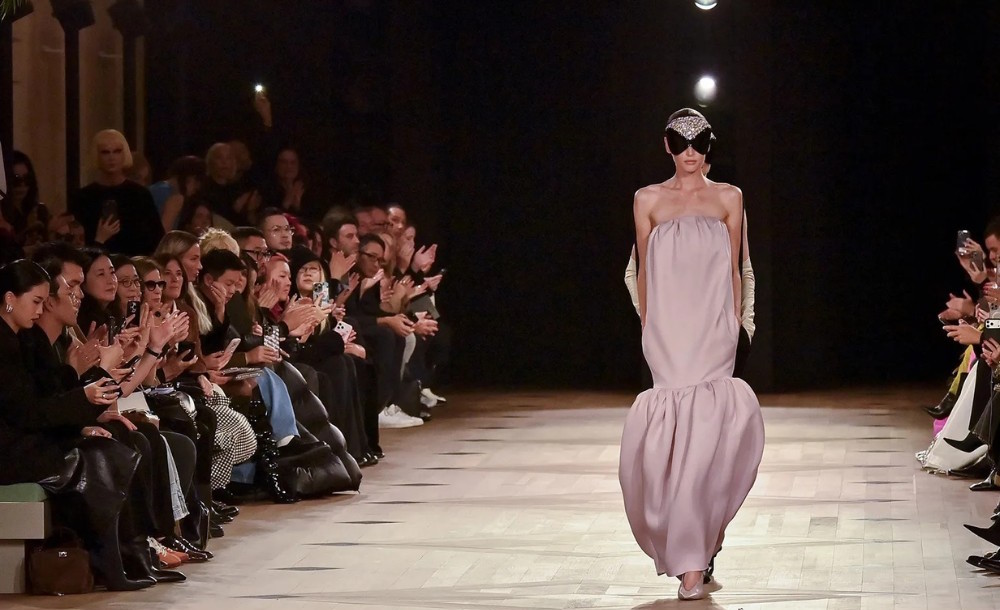
Related story: Pierpaolo Piccioli, who left Valentino last year, is the new creative director of Balenciaga
“I don’t want to deny what has been here before,” Piccioli said in an interview after the show. All these references had undergone—in the designer’s own words in the show notes—a total “recalibration.” The result is a lineup that balances bold architecture with romantic modernism while bridging the house’s past with its present and future.
The show opened with the designer’s reinvention of Cristobal’s 1957 sack dress, which transformed fashion by challenging the stiff, hourglass silhouettes of the era. “That dress is so relevant and so meaningful, because it freed women from their restrictions,” Piccioli remarked. He accessoried it with a bug-eyed sunglasses that, together with the dress, evoked past and recent collections. The same goes with the 1960s-inspired leather evening cape that was paired with a pair of low-rise skinny trousers and gold B-buckle belt.
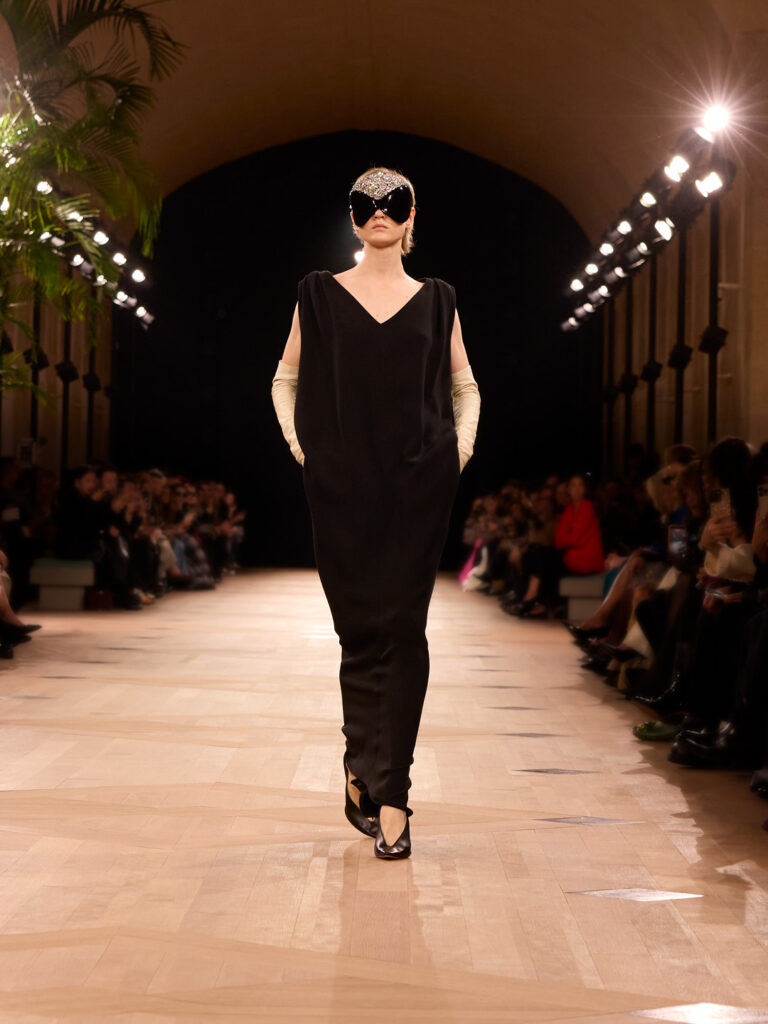
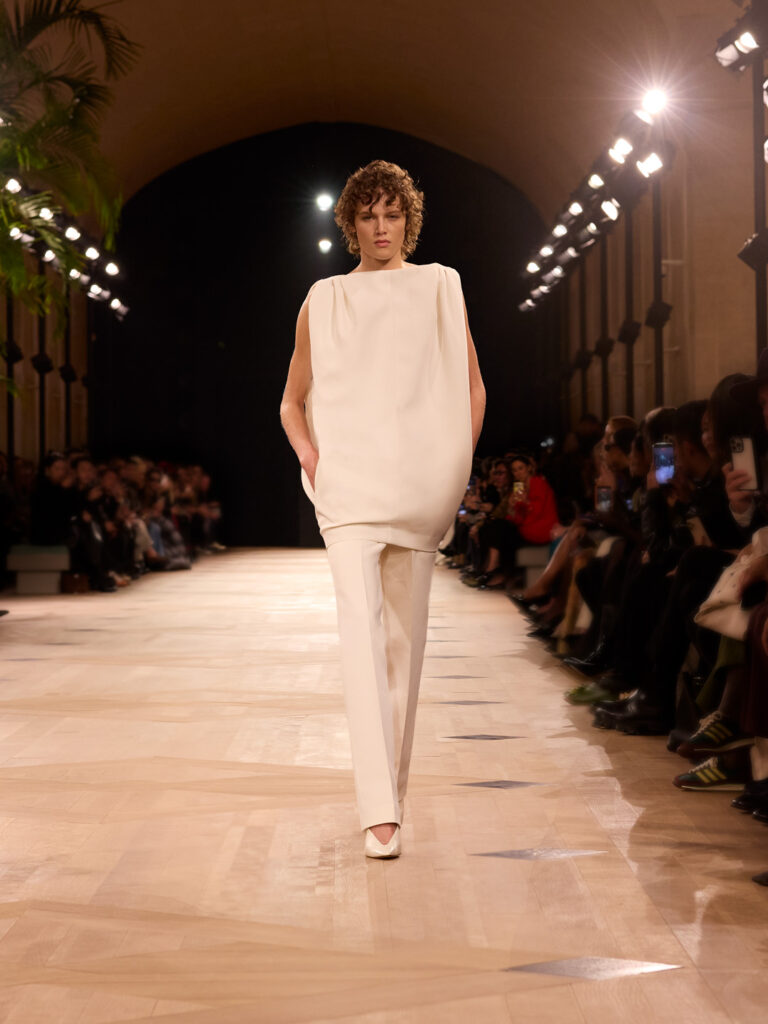
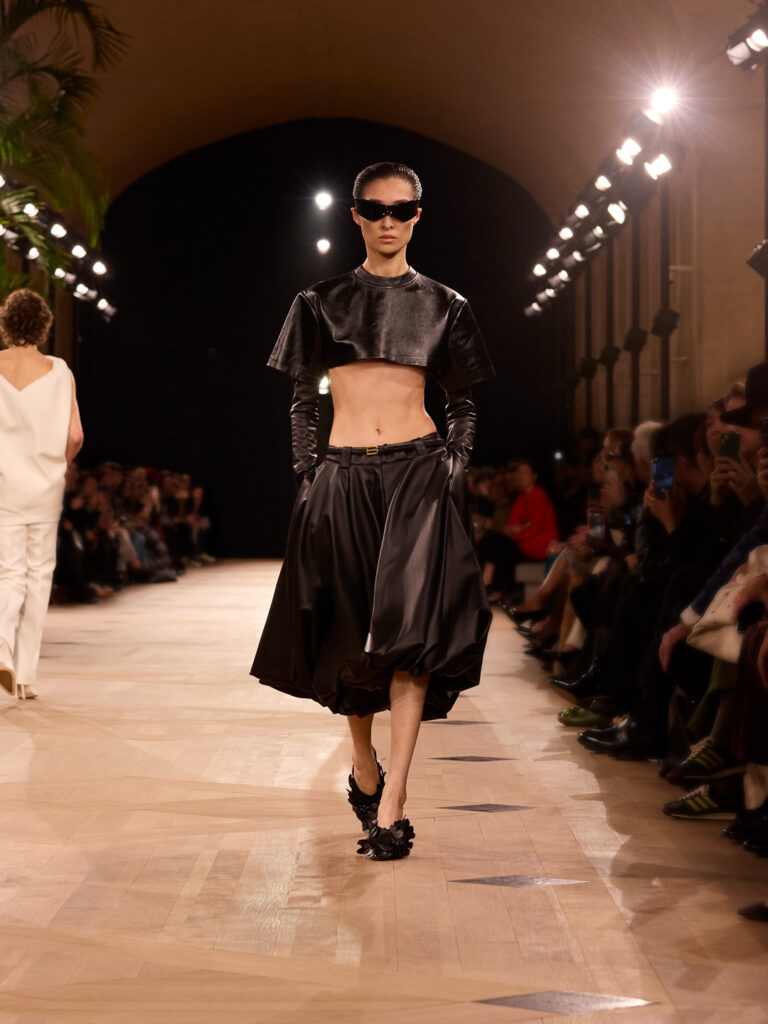
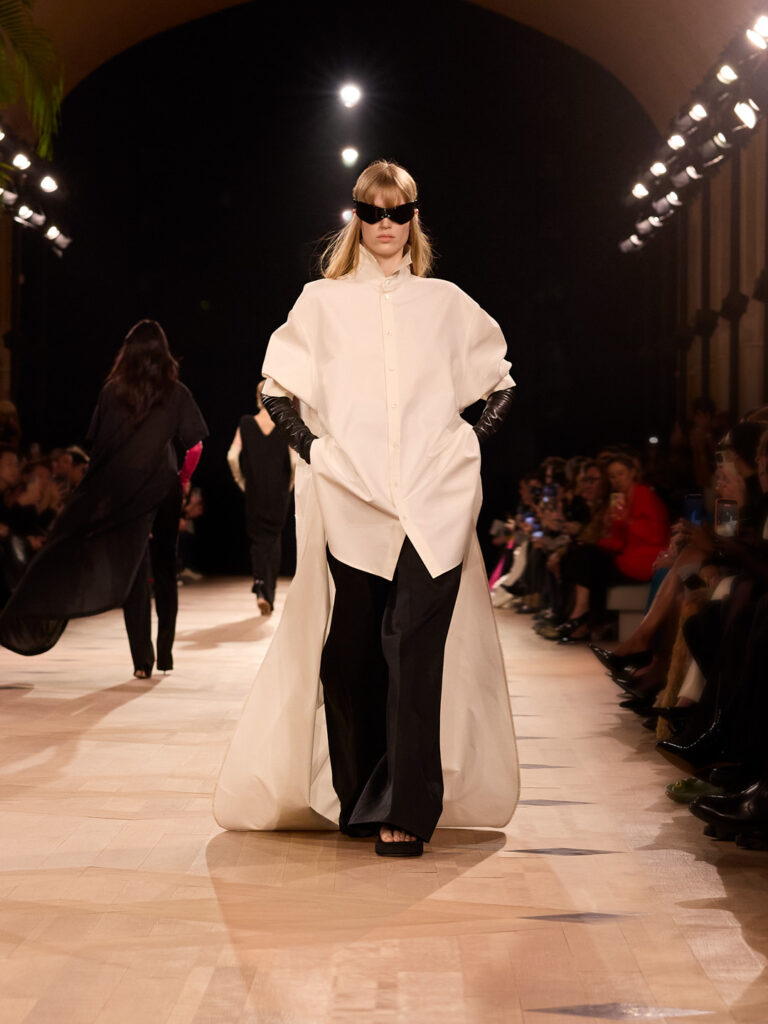
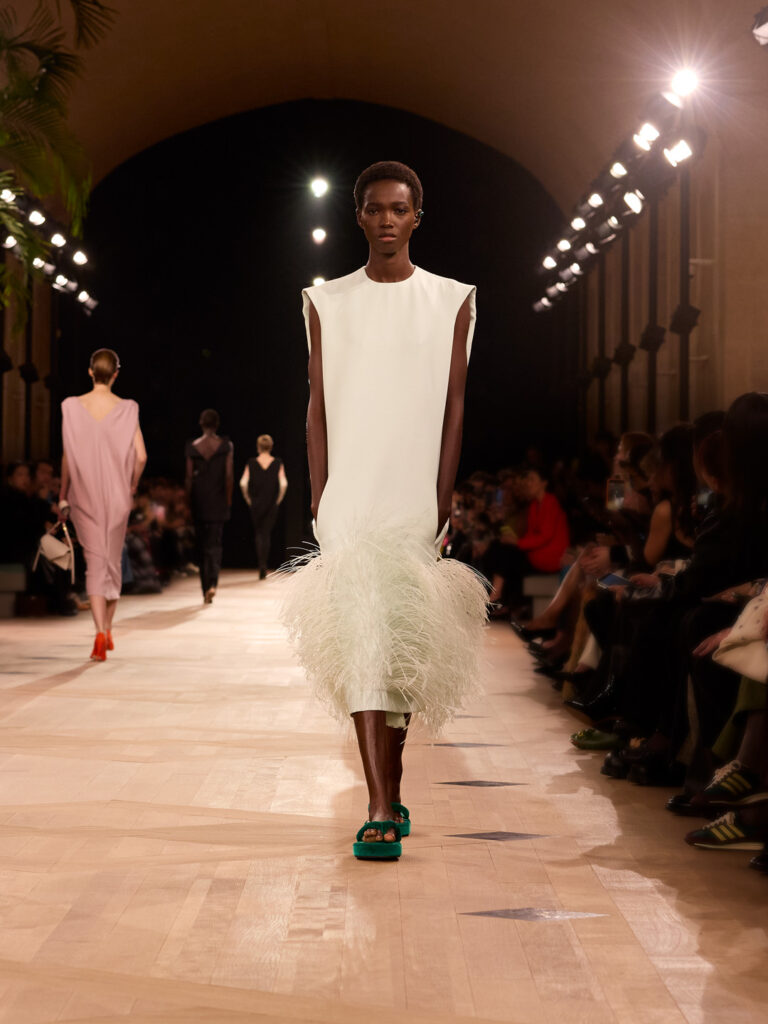
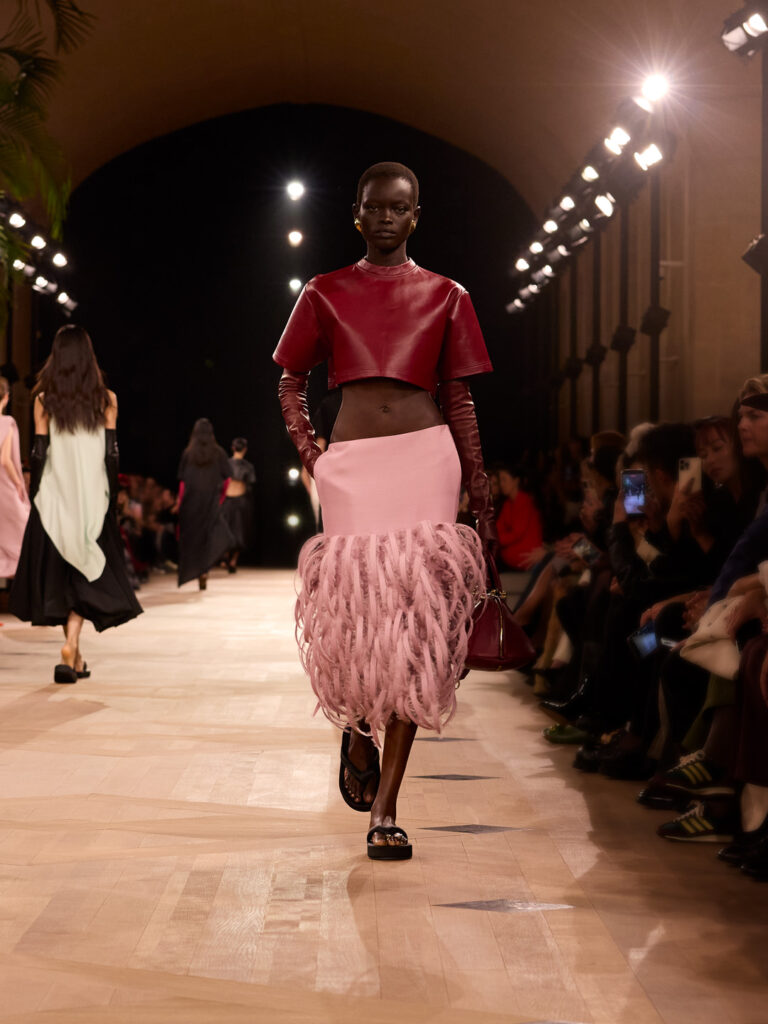
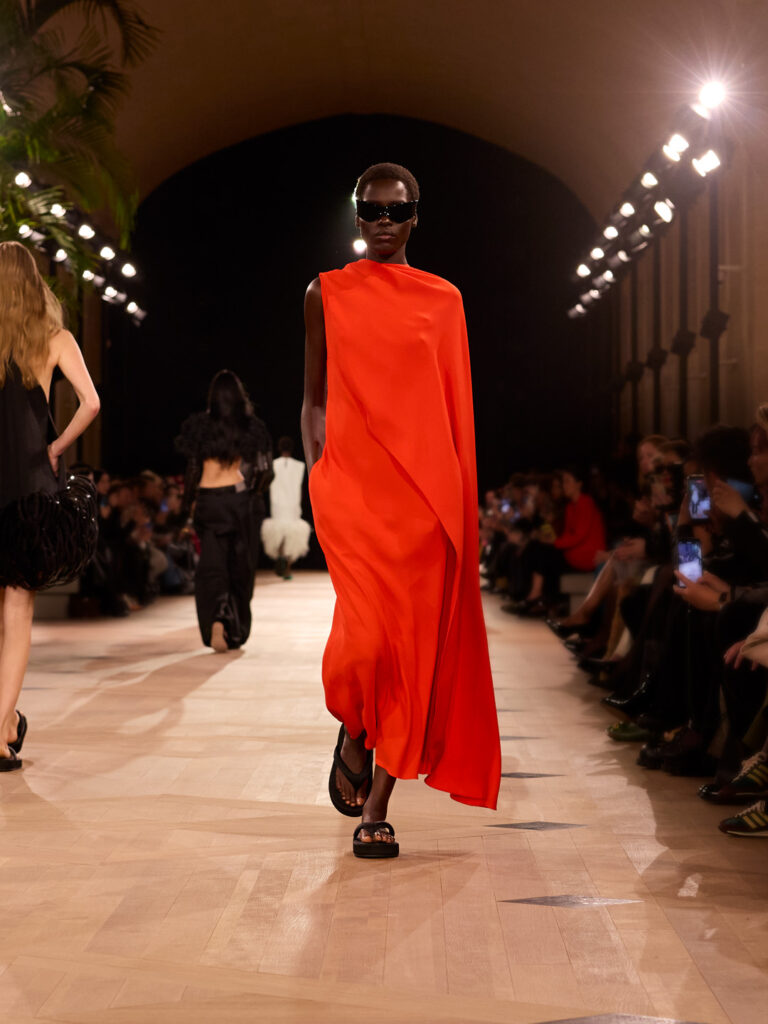
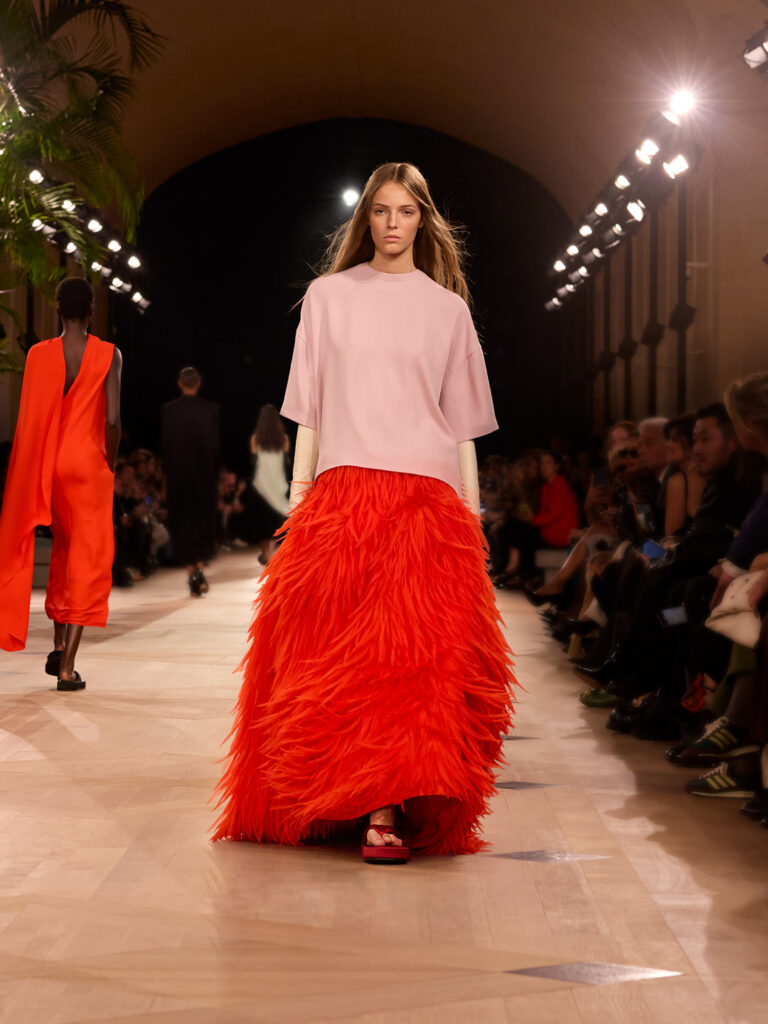
Nods to the founder and the house’s recent creative directors were many, including Piccioli interpretation of Cristóbal’s famous tulip dress that he matched with baggy, Demna-inspired Bermuda shorts in khaki or denim with rips and tears. And like his predecessor, Piccioli’s jeans came wide-legged but minus the mud as Denma would usually have them.
Piccioli’s egg-shaped coats and tall riding hats took you back to Ghesquière’s fall 2006 Balenciaga collection, while the pint-sized and supersized versions of Le City bag echoed his “it” accessory which was launched over two decades ago in 2001. Other references to Cristobal’s work include a white shirt and black leather cape from the founder’s famous Darth Vader-esque 1967 wedding ensemble, as well as numerous balloon dresses and skirts.
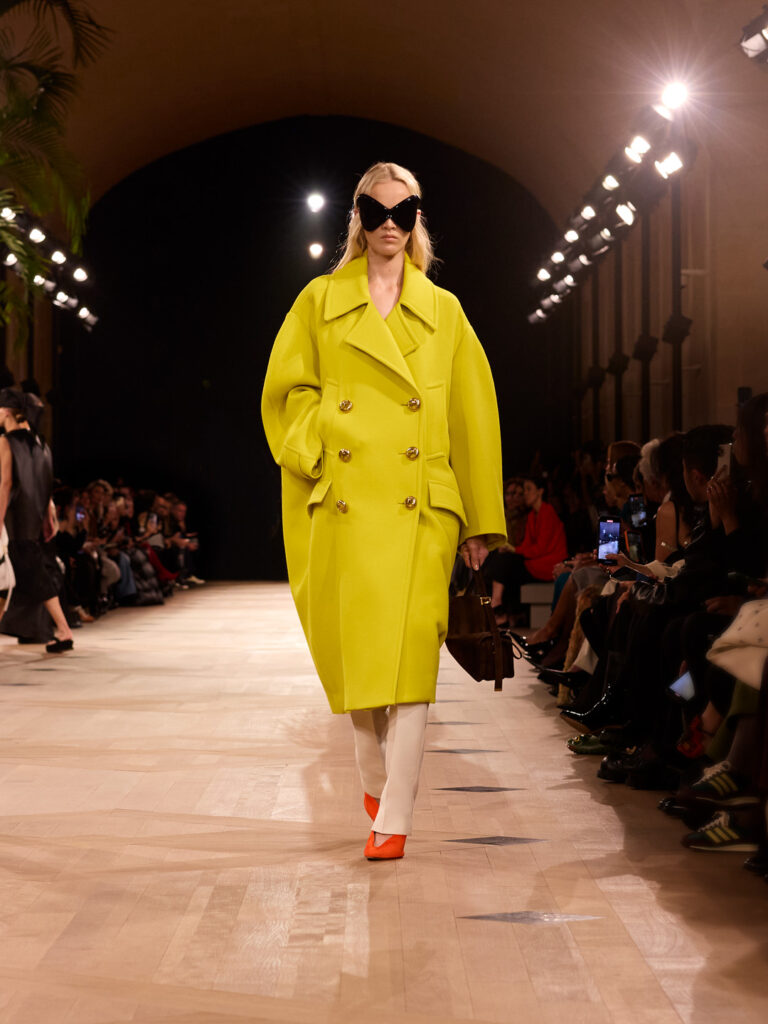
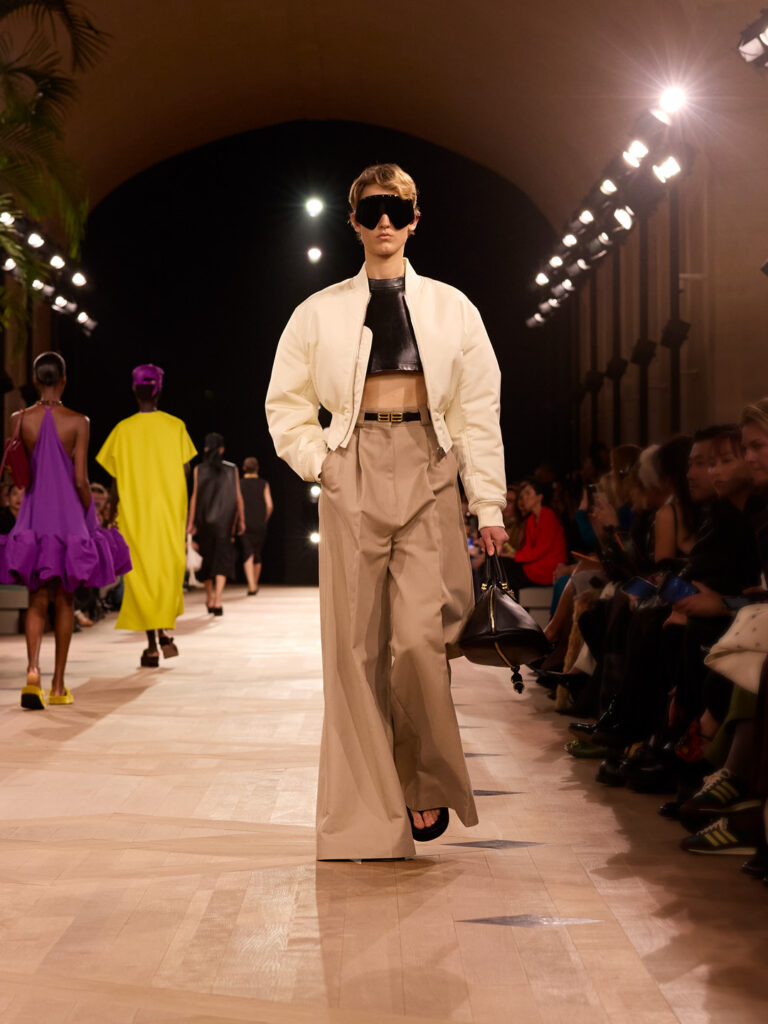
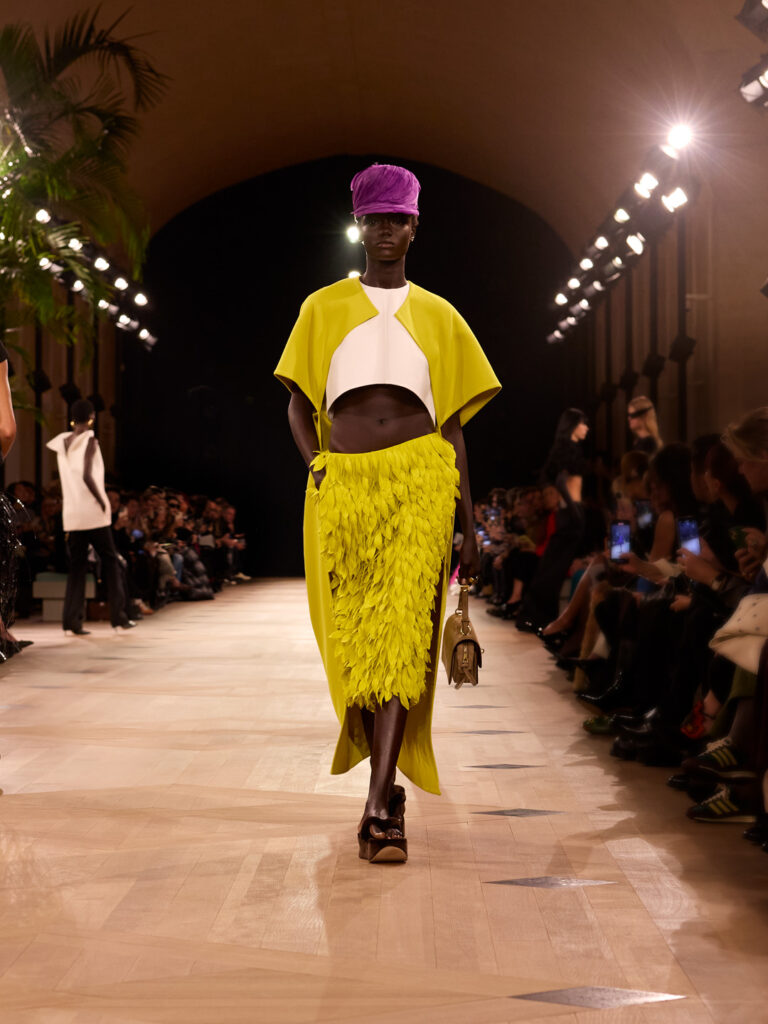
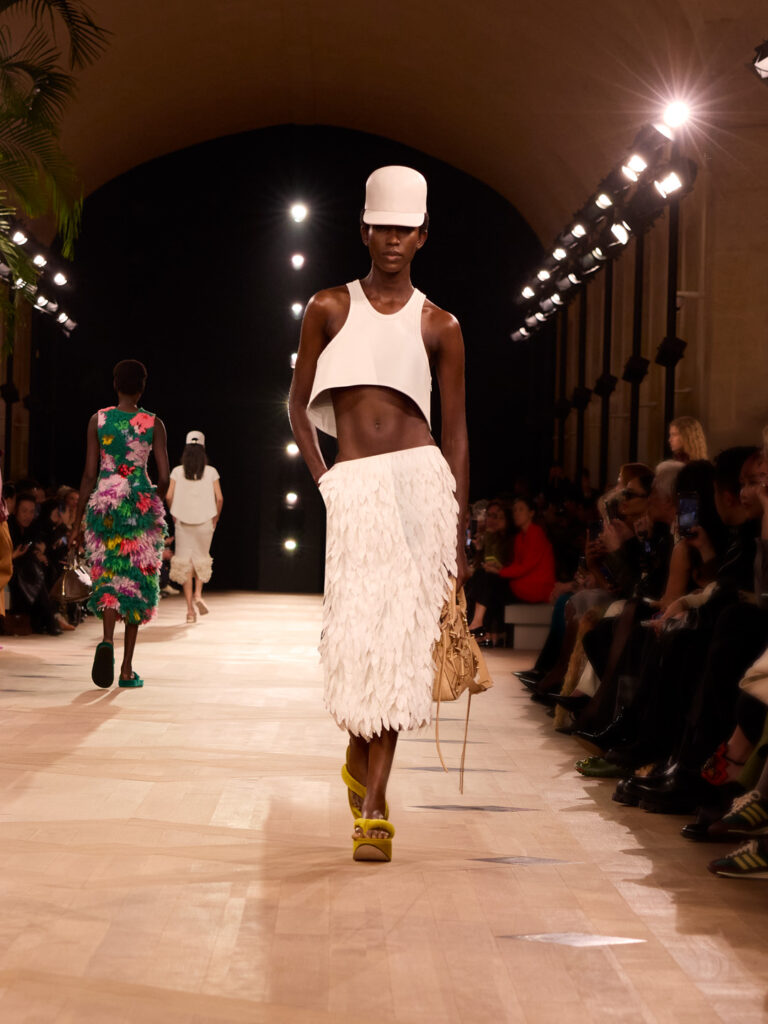
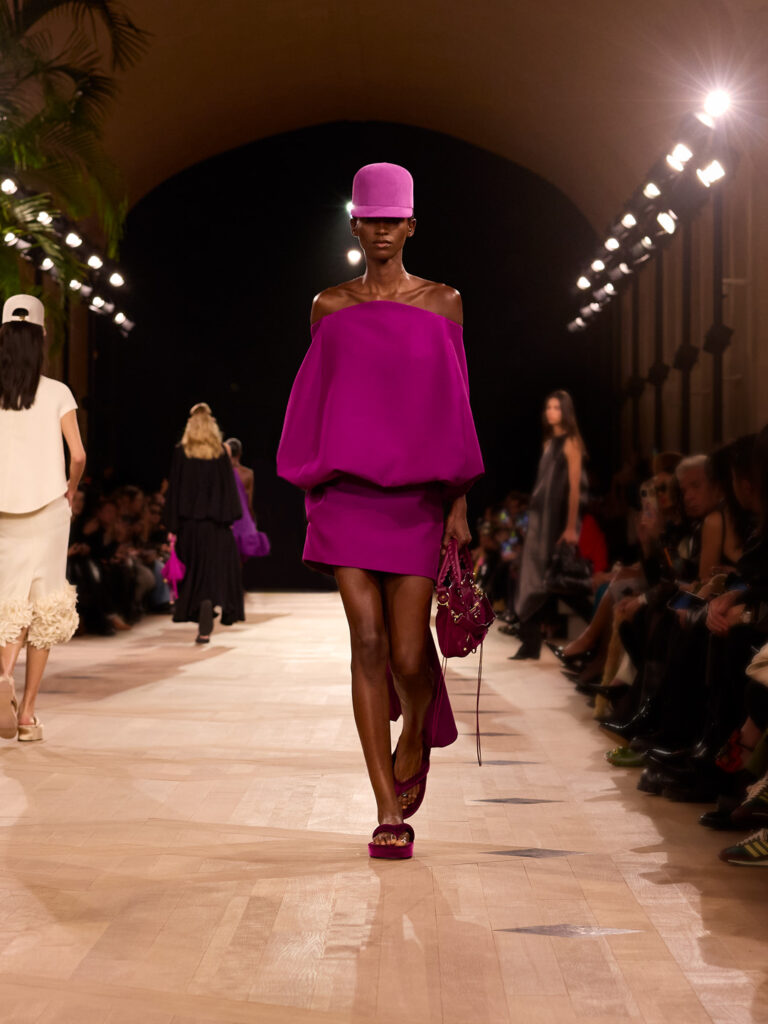
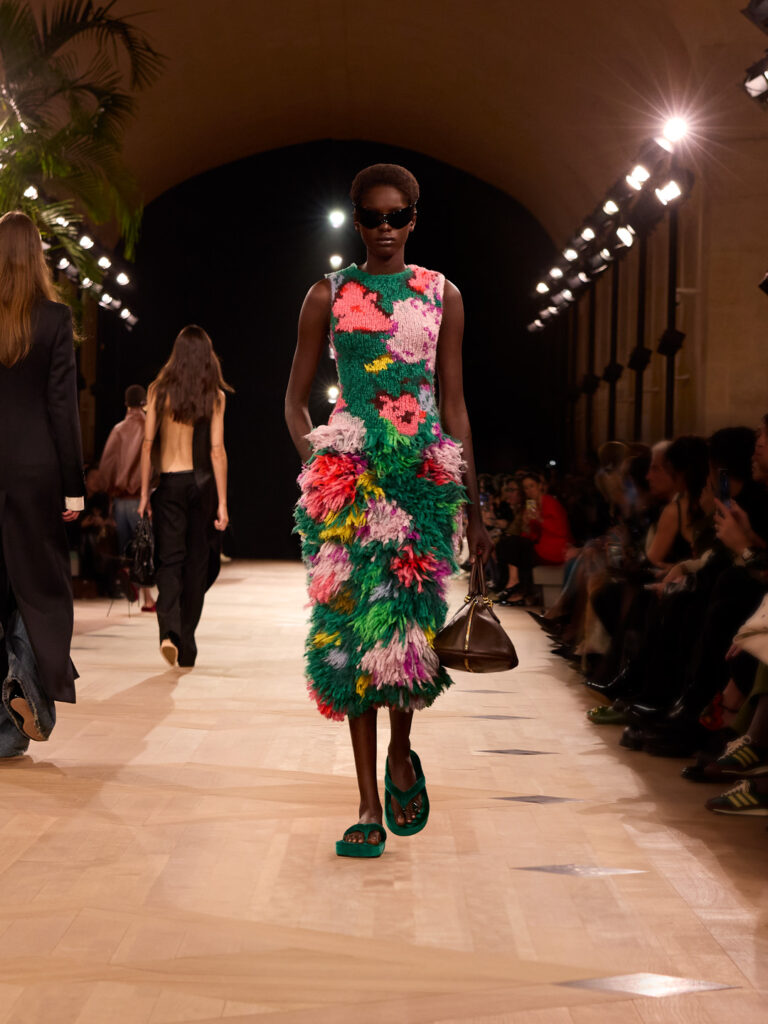
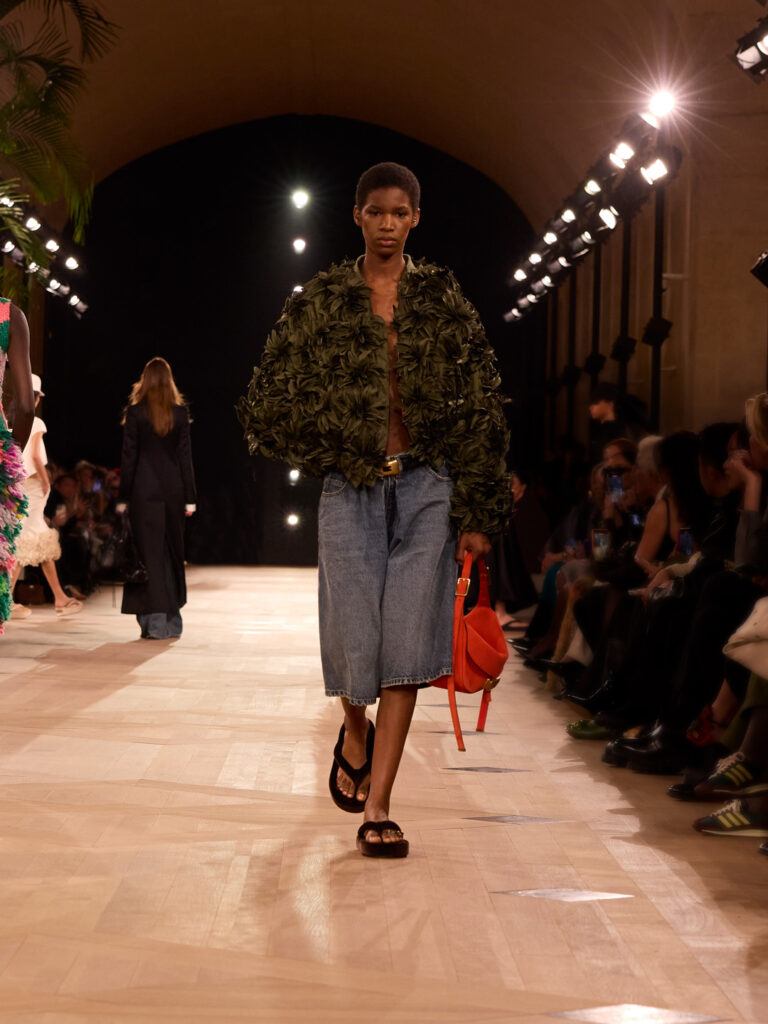
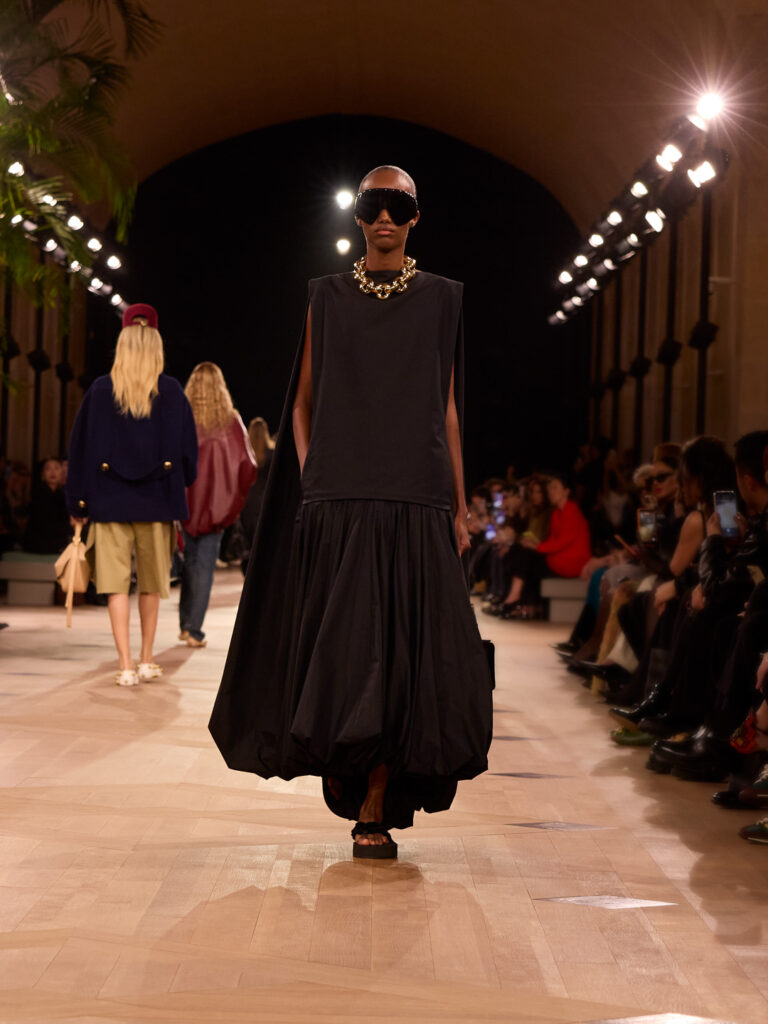
Still and all, Piccioli’s signature aesthetic—one that is grounded on vibrant color combinations, couture silhouettes, and romanticism—still shone through, signaling an exciting new direction for Balenciaga. The collection’s color palette, for one, was dominated by muted blacks and neutrals, with Piccioli adding pops of soft pastels to it for warmth and whimsy.
Feathered skirts, opera gloves, crop tops, leather tops with plunging necklines, and float-sized flip-flops paired with parachute shorts, brought more life to his first Balanciaga collection while looking back on what made his tenure at Valentino so youthful, chic, and sexy.
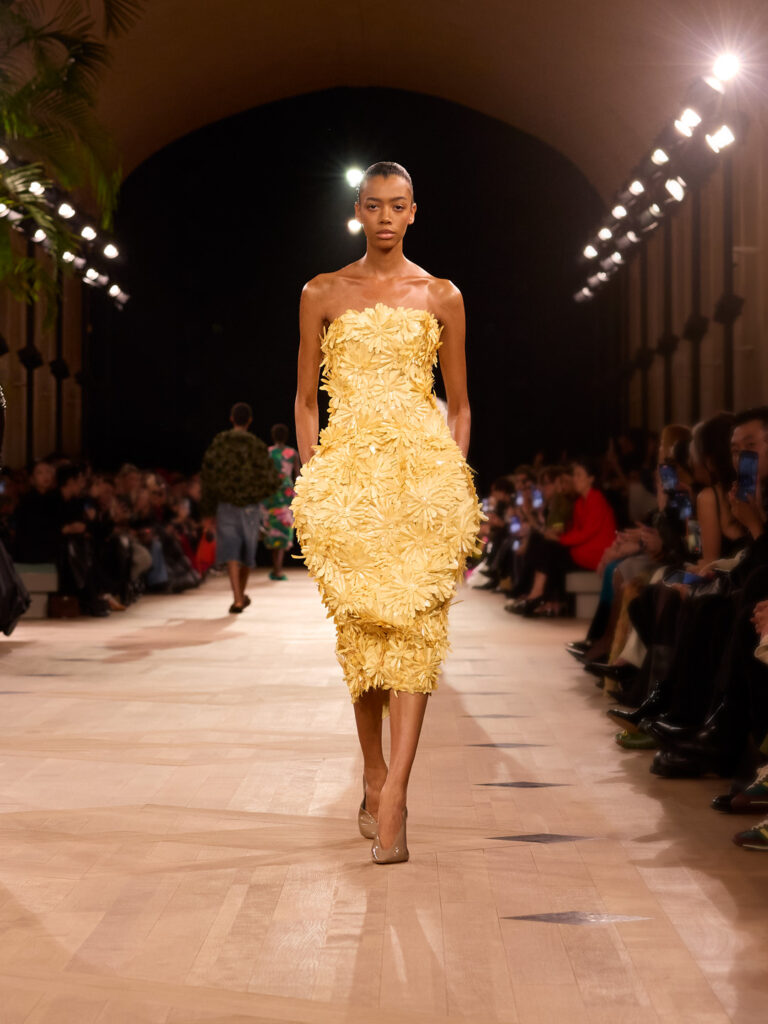
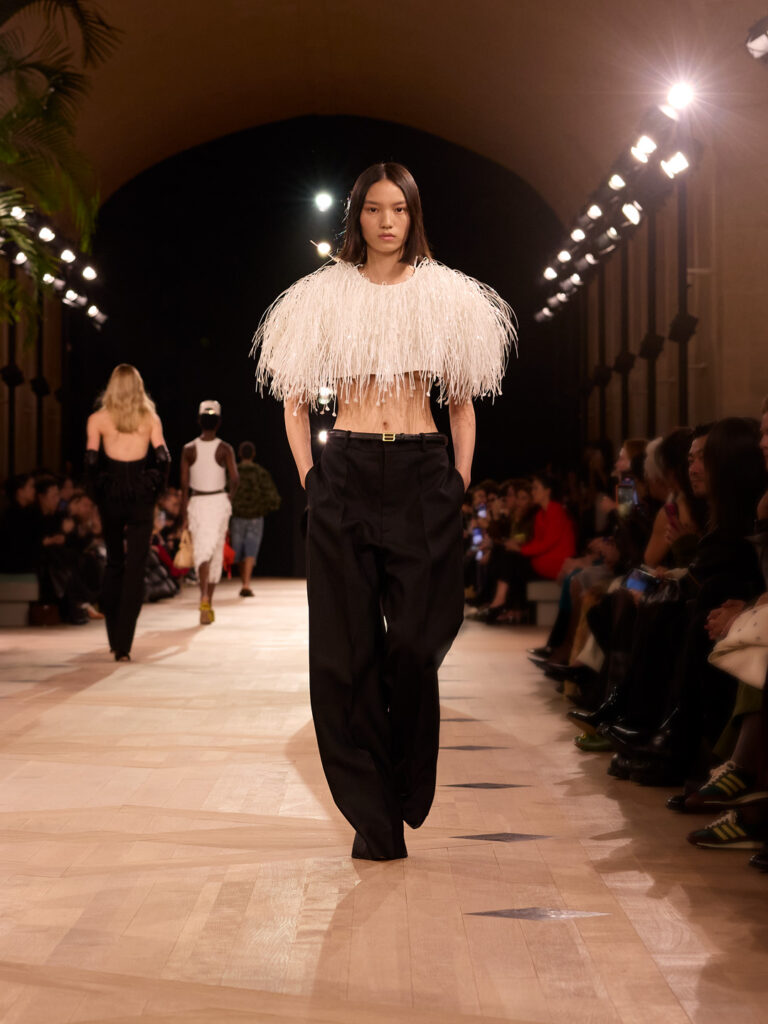
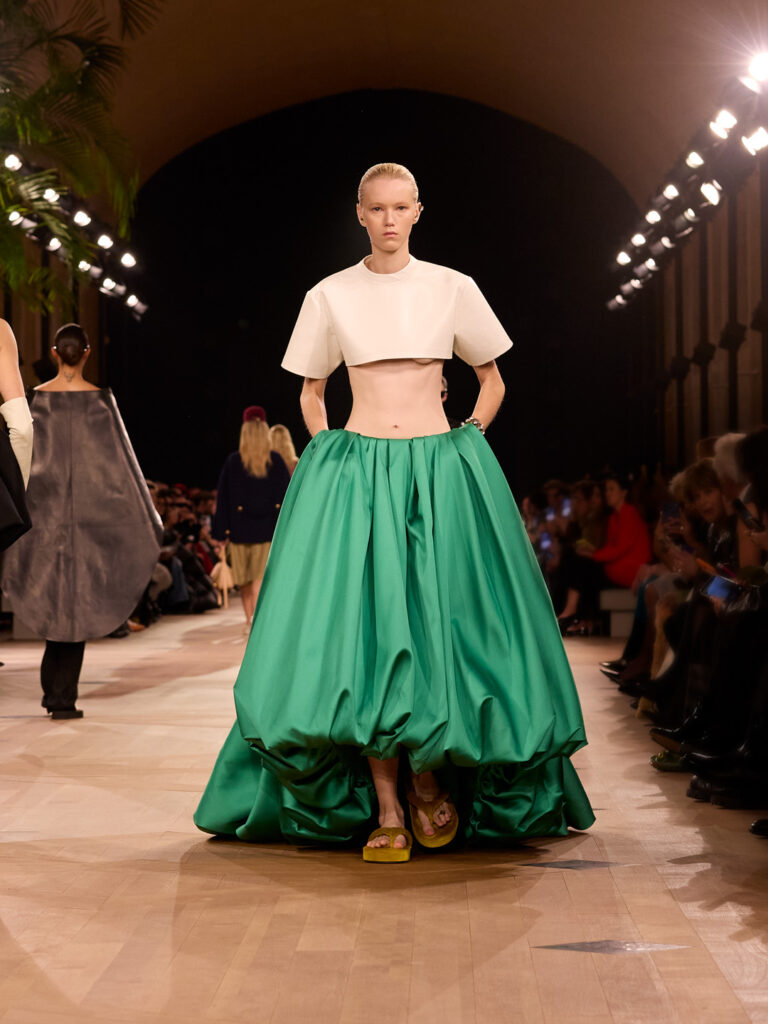
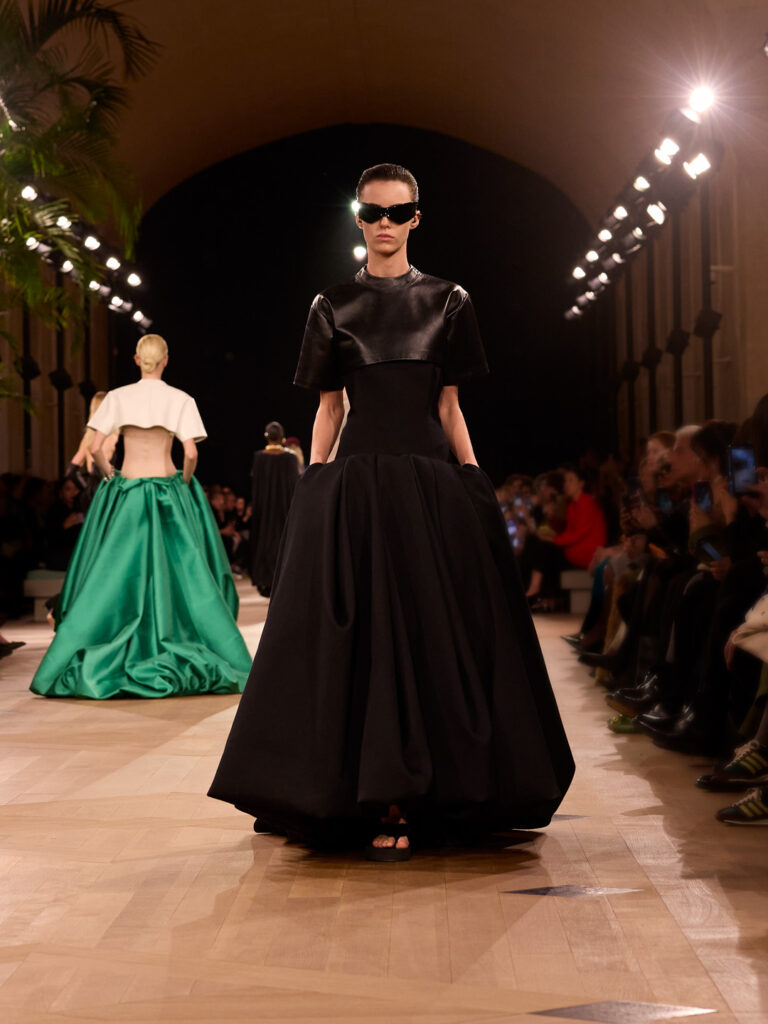
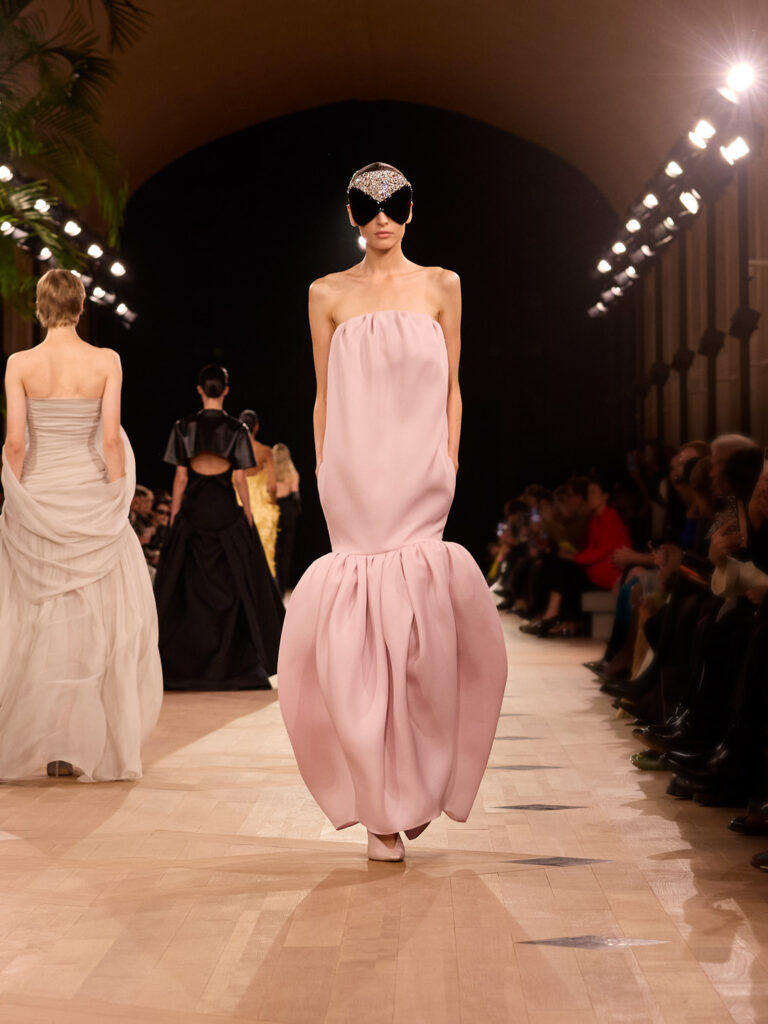
Piccioli’s vision for Balenciaga was clear—that it is not about reinvention but an artful and powerful evolution. This has been the designer’s magic formula for navigating the house since taking the helm in May 2025. “I want to embrace the past, because I feel that it’s very important to have respect for what Nicolas [Ghesquière] and Demna did before me,” he said in an interview with Vogue after his appointment. “The story of Balenciaga is a story of designers that I respect. This is more a passing of [the] torch rather than a game of chairs, and I feel very lucky to be a part of it.”



